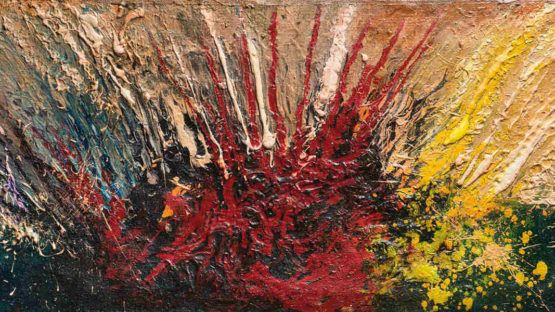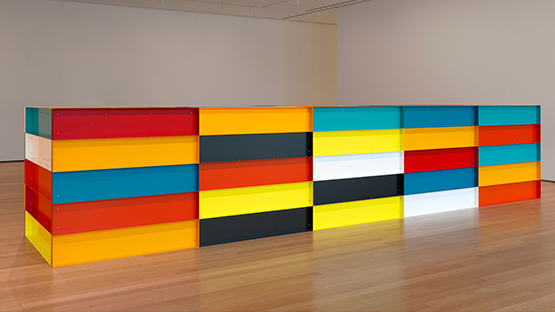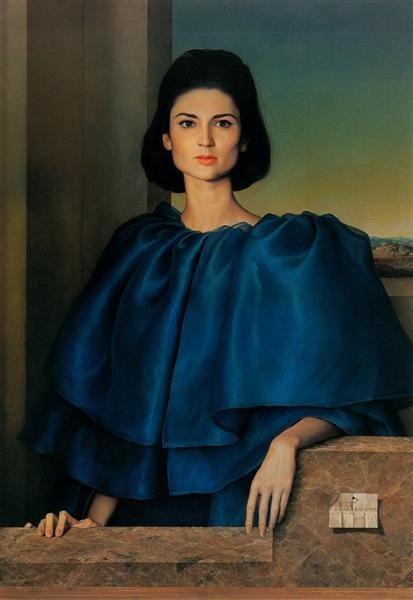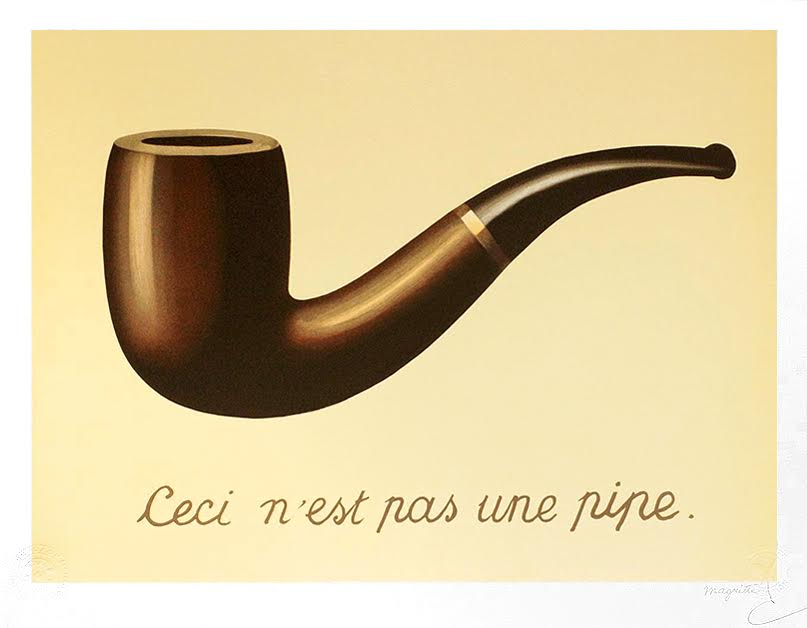Contemporary Art speaks now an international language, understandable at each corner of the earth. The influence of modern technologies and media diversification added to the conceptual differences between artists brought a huge variety in the genres of contemporary art.
Discovering styles of Contemporary Art
Art Informel

The term “informal” rather than a specific genre of contemporary art indicates a general trend that developed around 1950. The genre flourished immediately after the 2nd World War in Europe and America. The various trends of the informal take on distinct connotations. In America for example Art Informel is identified with Abstract Expressionism. Informal means “formless”. Above all, these kinds of work present compositions that are dominated by chaos. In particular, these works seem to be devoid of order. However, there are rules and are harmonic, rhythmic and distributive. Each element of the composition seems to be determined by chance and is instead the result of a long exercise of control over the construction by the artist.
Minimalism

Minimal art was born in the United States in the mid-1960s. Many elements contribute to the development of minimal art: among these, the reference to the Russian avant-garde, in particular to the work of Casinir Malevich. The minimal works aim to overcome even the last residue of expressiveness still present in the canvases of abstract-informal painters and in the sculpture they aim to create primary and geometric shapes.
Hyperrealism

Hyper-realism was born in America between 1965 and 1970 and developed in Europe in the following decade, especially in Germany. In this movement, the objects of reality are represented pictorially in the most objective way possible or in a photographic way.
One of the great masters to whom these poetics refer is Marcel Duchamp; whose works are ideal provocations, full of philosophical and logical concepts.
Abstract expressionism

Among all the genres of contemporary art, Abstract expressionism is the one that is more focused on the will to express the inner soul of the subject and its quest. The term Abstract Expressionism was first used in 1929 to describe Vasiliy Kandinsky’s abstract compositions. Very often the paintings of the artists have no title, just to not affect in any way the direct relationship between the viewer and the immediate reality of the work.
Pop Art

The phenomenon of Pop Art emerged around 1962 in New York. Above all, Pop Art accepts the images produced by the consumer society and amplifies the communicative character, the seriality, and the excess. The main artists of Pop Art are Robert Rauschenberg, Andy Warhol, and Roy Lichtenstein.
Conceptual Art

After Dada and Surrealism, Conceptual Art was the last major movement to consider the question of languages as central. It approaches this quest by relating and deliberately contrasting things with words and images. A typical example is Magritte‘s logical-surreal research.